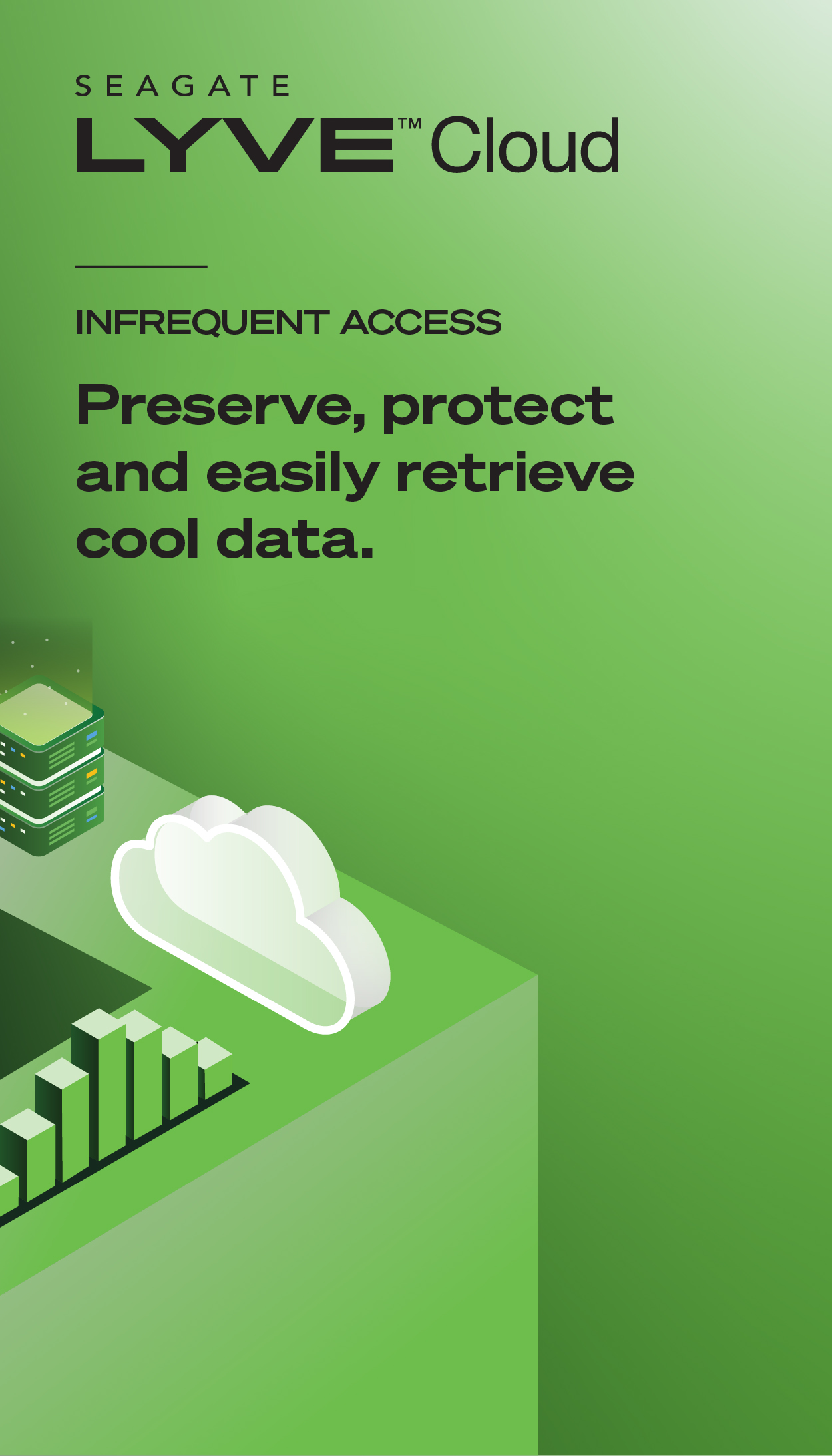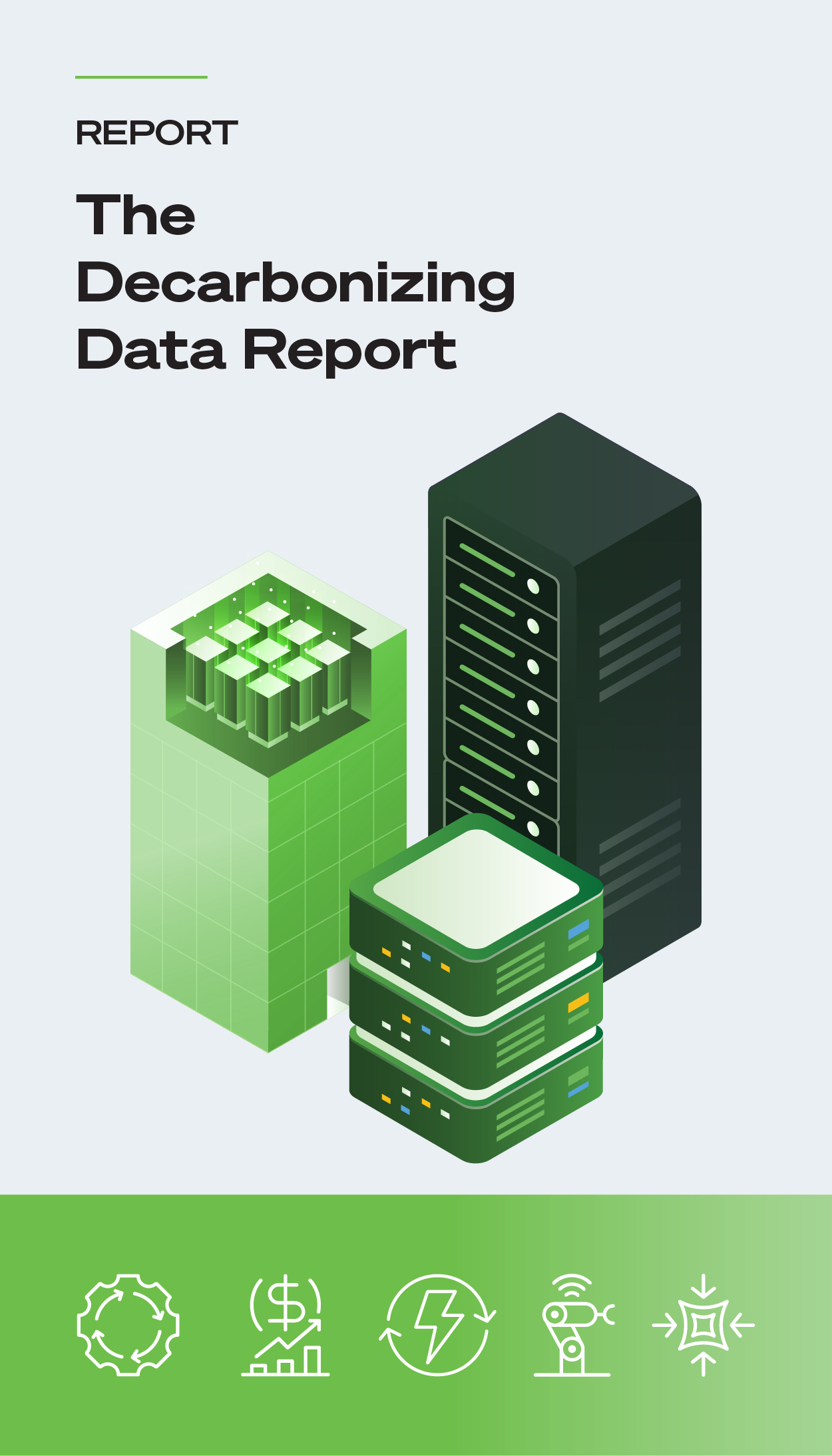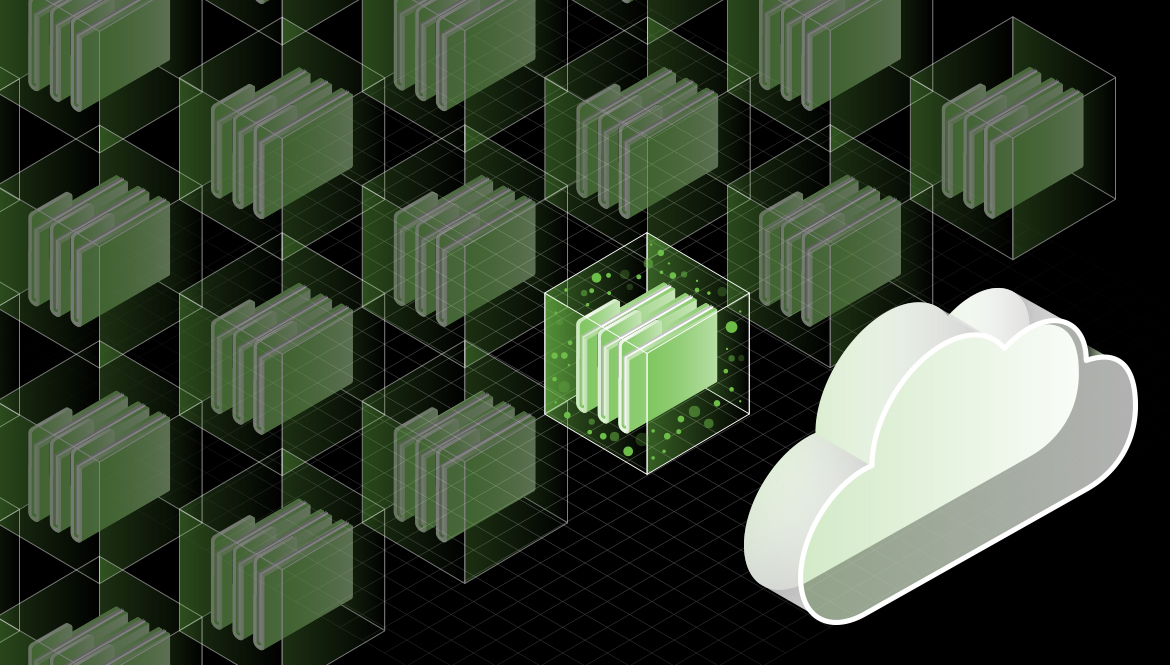S3 storage classes provide a way to customize your approach to cloud storage. Each tier of storage class has a particular role it aims to achieve and is broken up across seven tiers to allow users to only use the storage they truly need. The following will be covered:
- S3 Storage Classes: What Are They?
- How Does S3 Storage Work?
- A Breakdown of Each S3 Tier
- S3 and Seagate Lyve Cloud
S3 Storage Classes: What Are They?
Simple Storage Service, popularly regarded as S3 storage, is simply a large data storage service. Spanning seven tiers, S3 is highly scalable, thereby providing users with durable and readily available data. S3 is a web-based cloud storage service specifically designed for data backup and archiving.
How Does S3 Storage Work?
To provide highly scalable storage as mentioned above, S3 data is stored as objects. To store these objects, a user will create what is known as a bucket. In addition to buckets, which can store an unlimited number of objects, S3 uses the following features:
- Elastic scalability for limitless storage
- Flexible data structure to organize and retrieve data
- Data downloading so you can share data within your organization
- Permissions so you can protect data by only letting certain people have access
- S3 APIs
When creating a bucket, the user is given the autonomy to specify the region where the bucket should be deployed. The S3 objects (data) are then uploaded to the bucket, where it serves as a container in which data is stored. Buckets and objects receive unique identifiers, and there is no limit to the number of objects it can store.
The user decides what type of S3 storage classes are to be used, which will depend on what the data will be used for. This process is automatic, scaling according to action and only charging for what is actually used.
Types of S3 Storage Classes
S3 storage classes exist across seven different tiers to easily cater specific needs for data storage and access, protection, and cost requirements. They are used in big or small company settings and by individuals. The classes are there to choose from depending on the individual’s workload, which might have a special need for data access, data protection, cost requirements, or resiliency. The known types are:
- S3 Standard
- S3 Intelligent-Tiering
- S3 Standard-Infrequent Access (S3 Standard-IA)
- S3 One Zone-Infrequent Access (S3 One Zone-IA)
- S3 Outposts
- Glacier
- Glacier Deep Archive
S3 Storage Class Comparison
| S/N |
Storage Class |
Aims to Achieve |
Best Use Case |
| 1 |
S3 Standard |
Ideal storage for frequently accessed data |
Cloud applications, dynamic websites, content distribution, mobile and gaming applications, and big data analytics |
| 2 |
S3 Intelligent-Tiering |
Optimizing storage cost by automatically moving users’ accounts to the most cost-effective tier |
Data lakes, data analytics, and user-generated content |
| 3 |
S3 Standard-IA |
For data that is accessed less frequently, but requires immediate access when needed |
Long-term data storage, backup, data store for data recovery files |
| 4 |
S3 One Zone-IA |
The storage of infrequently accessed data at a 20% lower cost than S3 Standard-IA |
Storing secondary backup copies of on-premises data or easily re-creatable data |
| 5 |
S3 Outposts |
Delivery of object storage in Outpost environments |
Workloads with local data residency requirements |
| 6 |
Glacier |
Delivering low-cost storage for archives that are accessed one-to-two times per year |
Archived data that needs immediate access, such as medical images, news media assets, or user-generated content |
| 7 |
Glacier Deep Archive |
Long-term retention and preservation of data |
Customers in healthcare, public sectors, and financial services; disaster recovery cases and backups |
The 7 types of S3 Storage Classes Explained
S3 Standard
The S3 Standard storage class is highly versatile and is an ideal storage for frequently accessed data. With S3 Standard, data can be stored in multiple locations. It’s durable, readily available, and performance sensitive for a variety of use cases. This makes it the most expensive due to its general capabilities.
When a user fails to specify the type of storage to be used upon creating an account, S3 Standard is chosen as the default storage. Using the S3 Standard lifecycle policies, one can migrate objects to other storage classes without the need for an application change.
S3 Intelligent-Tiering
S3 Intelligent-Tiering optimizes storage cost by automatically moving your account to the most cost-effective tier. This is done by analyzing your access patterns. However, it does not affect performance or charge retrieval fees. This storage type supports data with unpredictable access patterns. This type of data is long lived and not removed from the enterprise’s system.
S3 Intelligent-Tiering uses two tiers. One is used for frequently accessed data, and another for infrequently accessed data with a lower-cost option. Depending on the user's activity, data is automatically moved between the two tiers for 30 days. This storage type can be used for many workloads, such as user-generated content, data analytics, data lakes, and more.
S3 Standard-IA
This storage type is for data that is accessed less frequently but must be accessed quickly when needed. Just like the S3 standard, it can sustain the loss of two facilities. Its data is stored across multiple geographically separated availability zones. It has a similar low latency, high durability, and performance to the S3 Standard, but with a lower cost per gigabyte for storage and retrieval. Like the S3 Standard, the S3 Standard-IA’s lifecycle policies can also be used to migrate objects to other storage classes without the need for an application change.
S3 One Zone-IA
As against other S3 storage classes that store data in up to three availability zones, the S3 One Zone-IA stores data in a single availability zone. Created for infrequently accessed data, S3 One Zone-IA costs 20% less than S3 Standard-IA. It’s best used by customers who are looking for a lower-cost option for infrequent data access but do not need the resilience or availability feature of S3 Standard or S3 Standard-IA.
The S3 One Zone-IA can be used for storing secondary backup copies of easily re-creatable data. If the availability zone is destroyed, S3 One Zone-IA will lose its data because data is stored in a single availability zone.
S3 Outposts:
This storage adds S3 object storage features to your Outposts. S3 Outposts redundantly store data for recovery across devices and servers. S3 Outposts is known to provide durability for any data stored. The S3 Outposts has an encryption feature, and it allows authentication measures using IAM policies and S3 Access Points.
S3 and Lyve Cloud Storage
Seagate Lyve Cloud is a cloud-based object storage solution that acts as a complementary partner to existing S3 storage.
Essentially, traditional S3 API is the language of cloud-based data storage. Lyve Cloud provides an easy interface for translating this S3 language into scalable object storage that is easy to:
- Store for longer periods of time (cold storage)
- Quickly access when needed
- Backup and recover when paired with additional backup and recovery partners
Seagate Lyve Cloud makes large-scale data storage accessible for enterprise applications looking to easily connect to internet-based applications and build private, hybrid, and multicloud data centers.
Learn more about Lyve Cloud capabilities for your storage needs.











